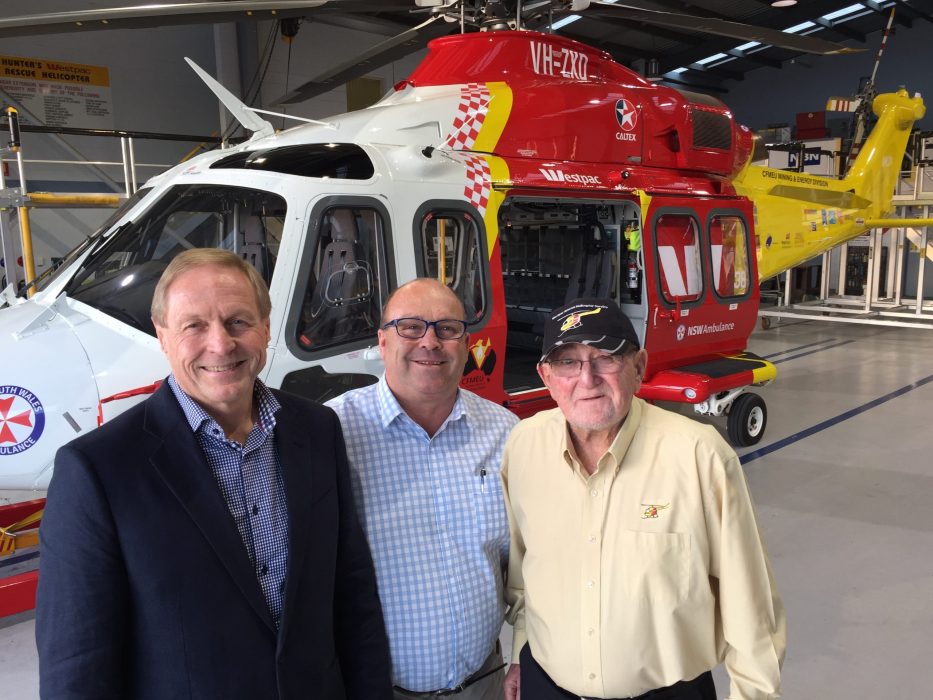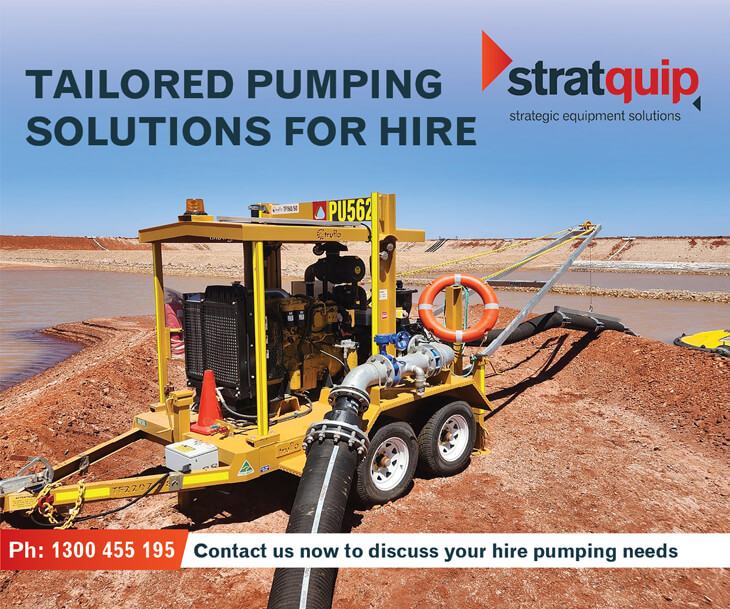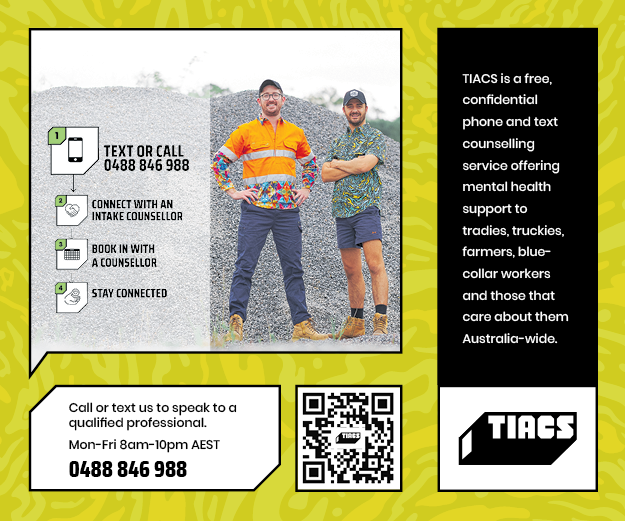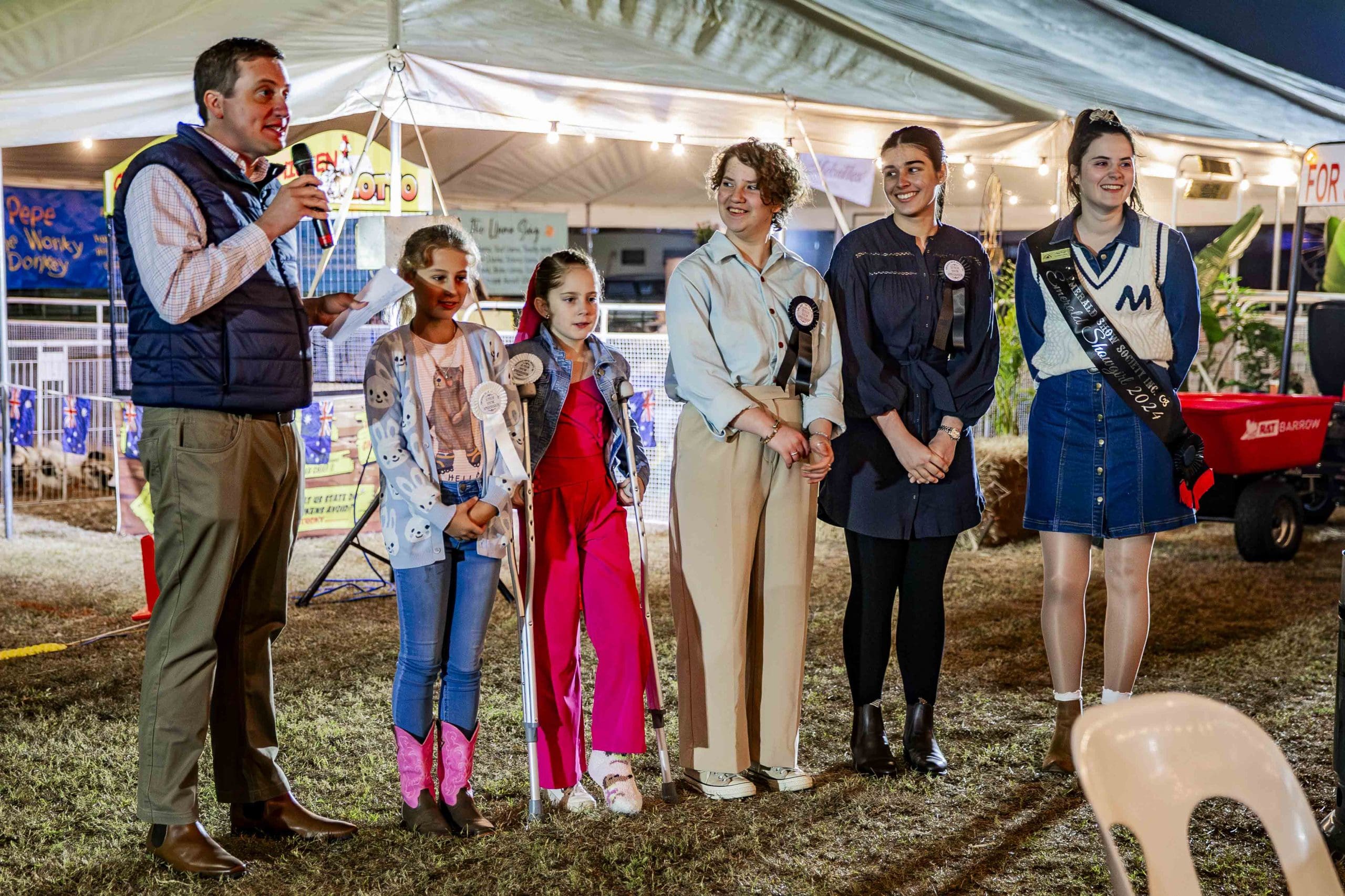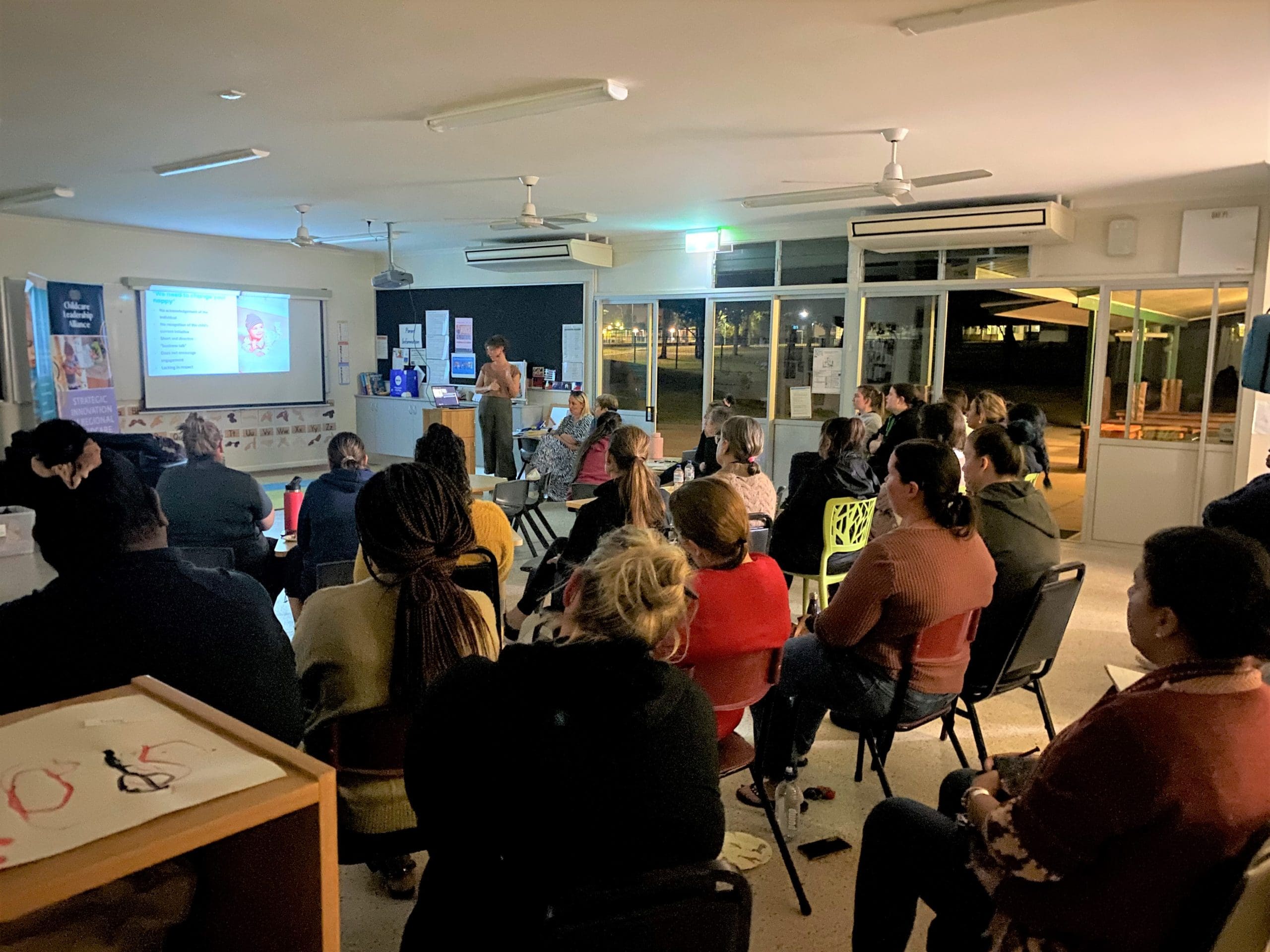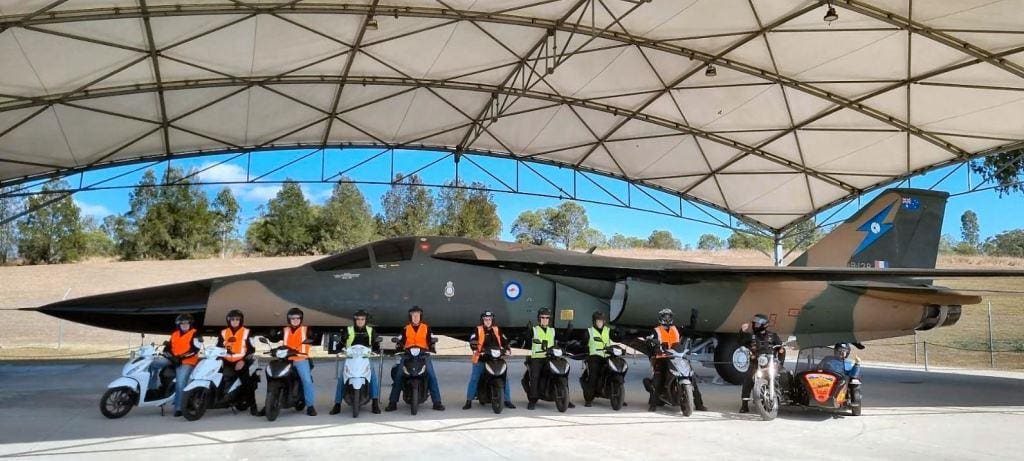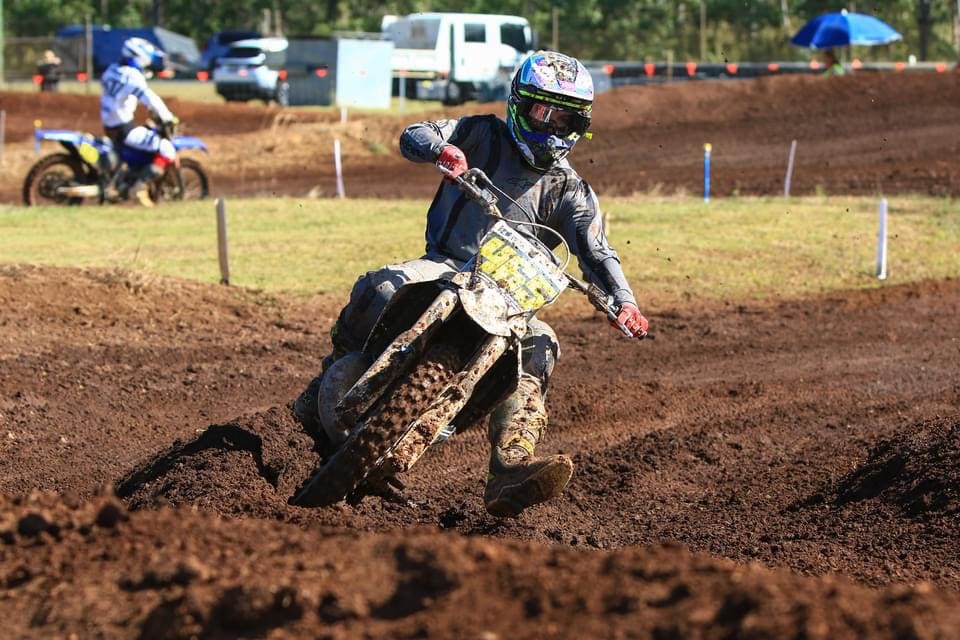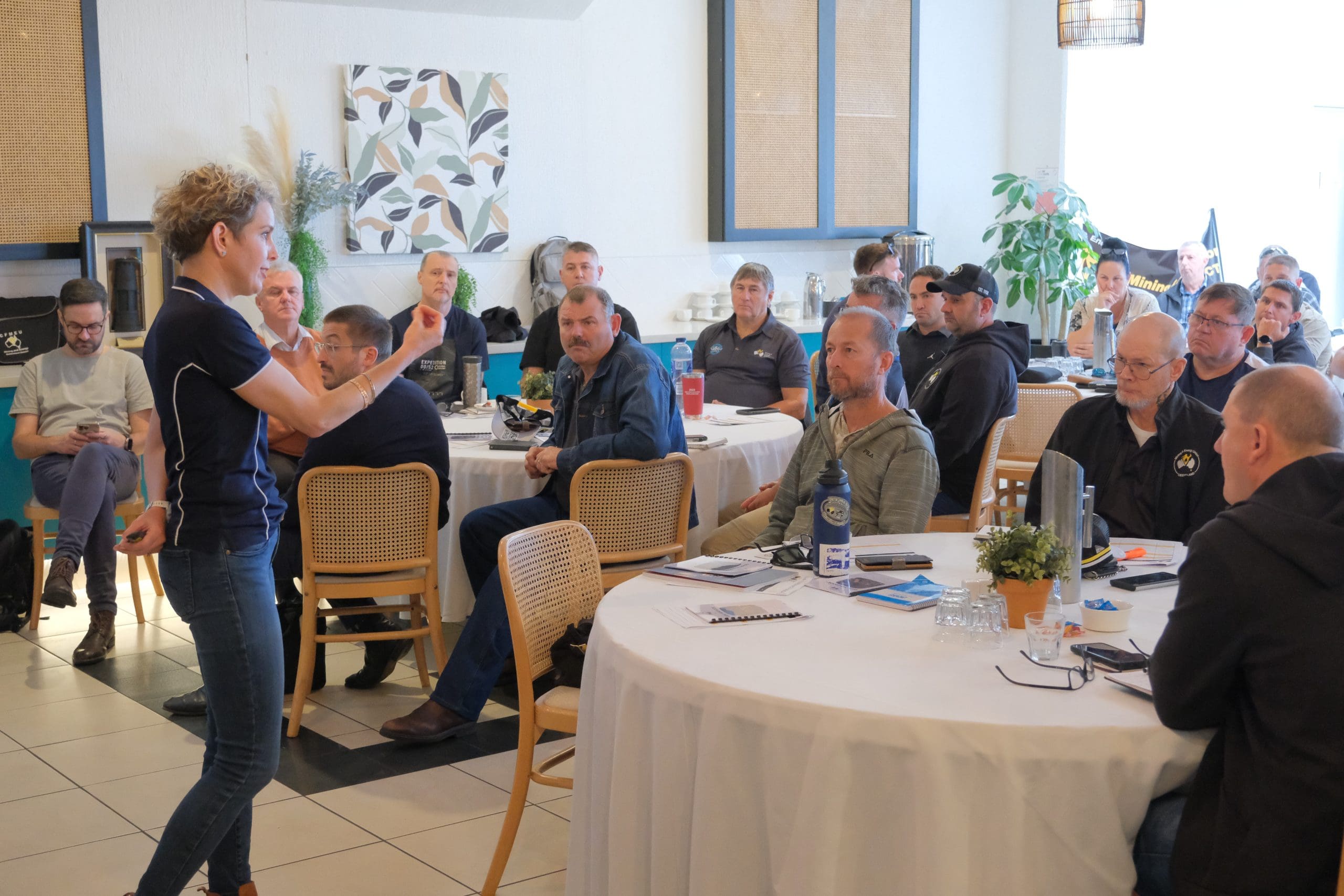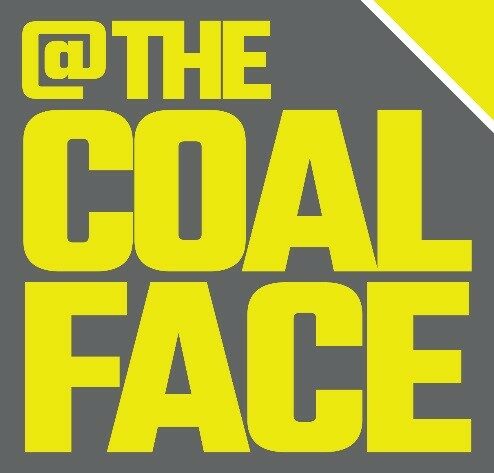It’s been 27 years since Richard Jones accepted the job of CEO at the Westpac Rescue Helicopter Service, with no aero experience, just a management position at the South Newcastle Leagues Club. And he’s never thought twice about it.
But, after a hectic couple of years personally, he’s decided to hand the keys over to his “bus”.
“I’m not one for pats on the back, I was just driving the bus. It’s all the people behind me who do all of the work. The time was right, I needed to hand the keys over,” said Richard at the Westpac Rescue Helicopter Base at Broadmeadow.
He might’ve just been driving the bus, but Richard has helped to expand the service from being an organisation with one single-engine Bell helicopter to one with five helicopters operating out of Newcastle, Tamworth and Lismore with a very supportive board and management team.
Richard walked into the job interview for CEO in 1995 after running the South Newcastle Leagues Club.
“It was my junior club and I worked behind the bar, in the cellar, cleaned ashtrays and worked my way up to manager. In 1995 I noticed a job was coming up at the service and I thought, I might have a crack at that.”
He did just that, and the job was his with a team of 20 employees and a budget of a mere $3.5 million.
Aside from a very small budget, the greatest challenge as CEO in the early days was spreading the word about the organisation to get more funding to expand the service so anyone, anywhere in Northern NSW could benefit from it.
“We were getting out and meeting more people and every mission we would try and let the media know what we were doing and then all of a sudden it was like a spider’s web reaching out far and wide,” Richard said.
In 1998 the board noticed there was a helicopter operator in Sydney starting to talk about putting a helicopter in Tamworth so they decided to get on the front foot.
“Barry Walton, who worked with the service for 44 years, and I got ourselves up to Tamworth and met a whole lot of people and politicians and said ‘look, we can do this’.
“With the help of Tony Windsor, we convinced the ambulance service and government that it was a good idea. There wasn’t a major amount of funding so we had to sing for our supper.”
In 1999 that “good idea” became a reality after a mission that took so long it could’ve cost the life of a man at Walcha. Hamish McLaren was on his property loading a crop dusting, when he walked into the propeller of the plane and lost his arm.
Richard said while Hamish was lying in the paddock, they flew from Newcastle to Tamworth to refuel at the airport and then went to the property with two NSW Ambulance Critical Care Paramedics on board.
“Then the team picked him up, put more blood in him, had to go back to Tamworth to get more blood and fuel and then head off to Sydney. It took nearly eight hours to get to Sydney.
“It was a huge story at the time, massive. It highlighted the need for those services in the bush.
“I was in Tamworth playing a charity golf day about four days after the accident and I got a phone call from Hamish. He said, ‘Jonesy we’ve never met but whatever I can do to help get a helicopter based in Tamworth, I’ll help you’. He’s still on the regional advisory committee today.”
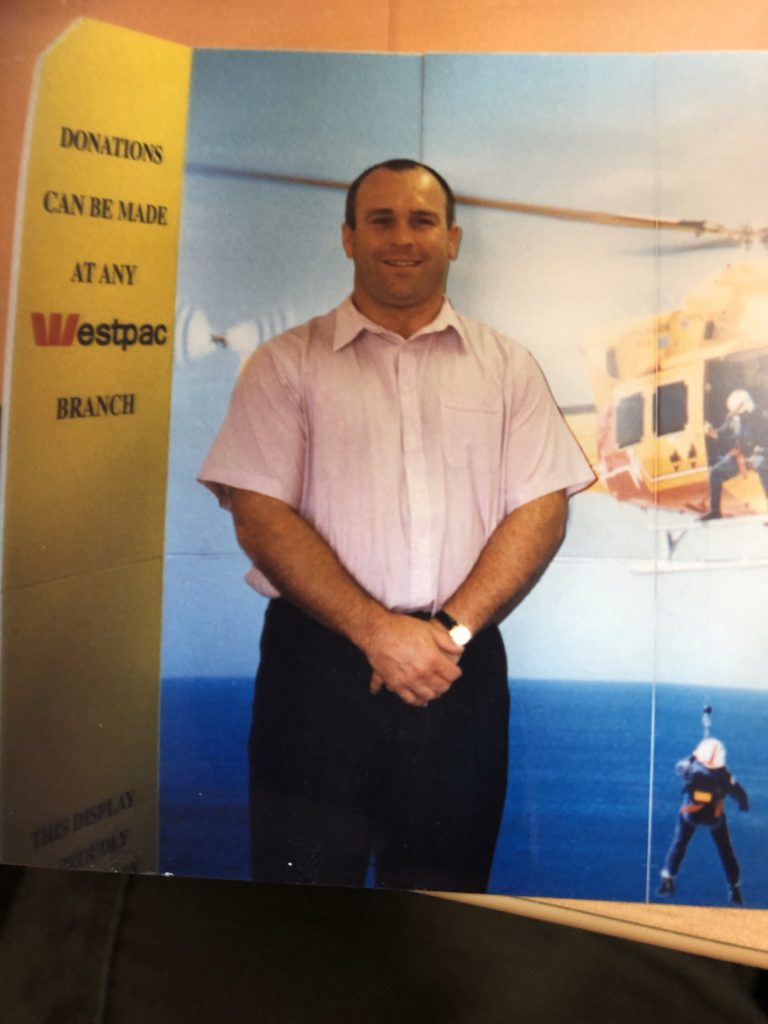
The community was behind the helicopter from day one.
“Graham Nickisson, the former Chief Aircrewman, and I went out to a pub at Denman. Graham came up to me, as white as a sheet and he said, ‘can you come out here, there are people who want to meet you’.
“Outside there were grandparents who owned a property not far out of Denman with their son, daughter and a young child. This was a family whose kids had been up on the property a couple of months earlier with a sibling mucking around, digging a hole on the side of a hill and a rock rolled over and crushed one of them.
“We transported him but he didn’t make it and they just said ‘thanks for trying’.
“That wasn’t a happy ending but they were just so thankful that we tried. That’s the real stuff.
“Due to the state of the health system in the bush and the lack of resources with not enough doctors and nurses, transport becomes critical. Particularly in those small towns when there might only be one ambulance on shift and they have to leave town to take a patient to hospital.
“I really need to recognise the first responders out in the bush. Firies, cops, ambos, VRA, SES, those people turn up and we only get called in if it really hits the fan. They are the lifeblood and it could be an hour before we get there.”
Another milestone while Richard was behind the wheel of the service was getting its own paramedics.
“The paramedics used to come from Hamilton and drive over to the base when there was a mission. They were trained on the aircraft so they would go out on a mission, come back and then go back out on the road. It was a very rudimentary system, but it worked.”
It wasn’t until the early 2000s they got their own paramedics based at the Broadmeadow base which Richard said was very much a system decision, not his, and evolved to what they have now, a Critical Care Paramedic and Critical Care Doctor on each mission, with specialised nursing staff if required.

“We’ve never looked back. We fly the machines and they fix the people.”
The relationship between the service and the mining industry stretches right across Richard’s time as CEO.
“That’s where it all started. While the mining industry has a very, very good safety record, less than half a percent of our work is mining-related, way back it was a little more than that.
“But now, because of the 12-hour shifts, it’s fatigue for the guys and girls – they have a much greater chance of using the service between work and home.
“We’ve been so proud to be involved in the mining industry and the workers, in particular the union. Miners were really the ones who initially realised the value of services like ours as mining moved further up the Valley and into the Gunnedah basin.
“I remember a big old bloke at a mine site that I knew 23 years ago said to me ‘I’m happy to give you five bucks a week but I never want to see you at my mine site’ and he meant it in the nicest possible way,” laughed Richard.
Mining companies right across the state do whatever they can with the Mining and Energy Union, NSW Minerals Council, Coal Services, Glencore, Orica, Whitehaven, BHP, Yancoal, Idemitsu, Pacific National, and Thiess all involved with the service in one way or another.
“They have become really good friends too, sponsorship is a word I don’t really like. It’s a partnership.”
Richard isn’t leaving altogether. He’s stepping away from the top job and taking on a different role that will capitalise on his strengths, passion and advocacy for the service as the head of community engagement.
“Community is what this service is all about and at the heart of the community is our volunteer network. They give their time to support the service knowing that a little from a lot can go a long way to saving local lives and I can’t thank them enough for the work they do and their contribution to our efforts.”
Whether he was staying or going, Richard would always encourage people to support the service in whatever way they can, because you just never know when you might need it.
“This is one of my catchphrases, there are a lot of charities out there, millions literally. People always gravitate to what’s important to them like kid’s cancer, brain cancer – look at what Mark Hughes has done, so people go that way and people choose what can benefit them but we are right across the board.
“It doesn’t matter where you’re from or how much you earn, you might have an accident one day and that’s when you’ll need us.”

